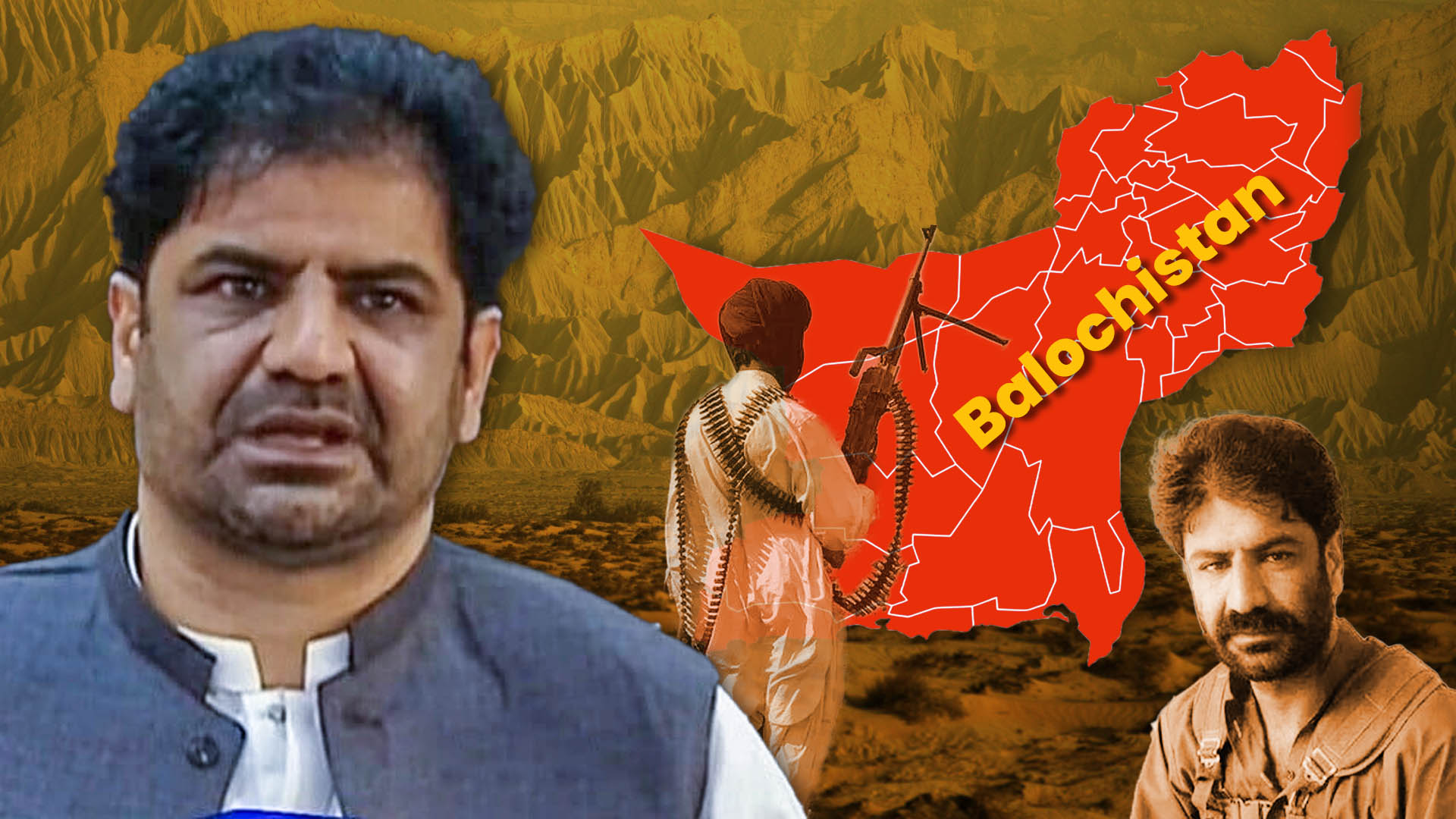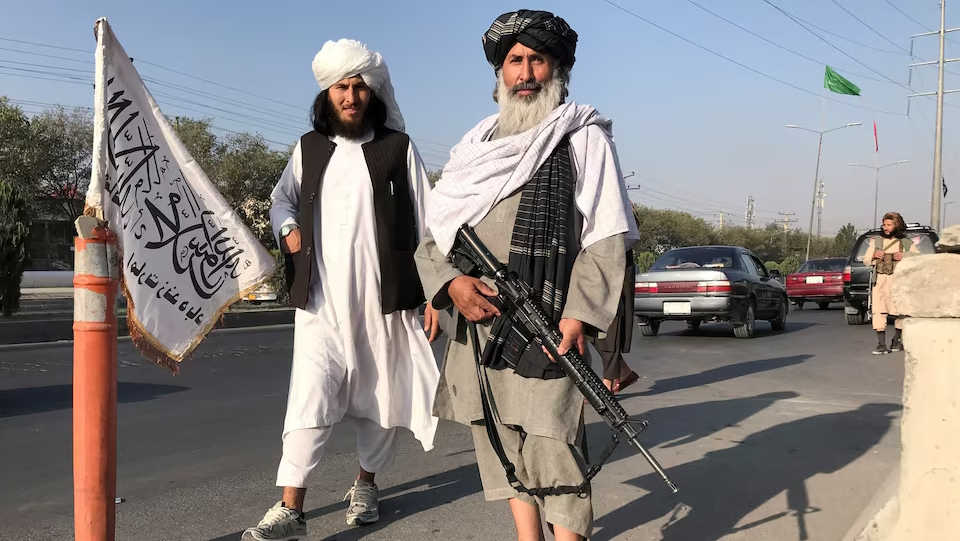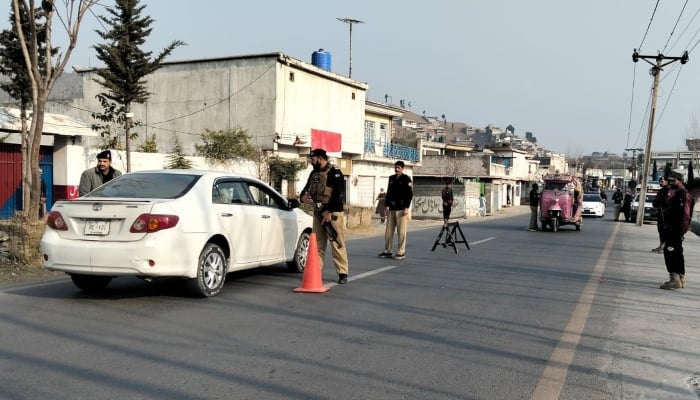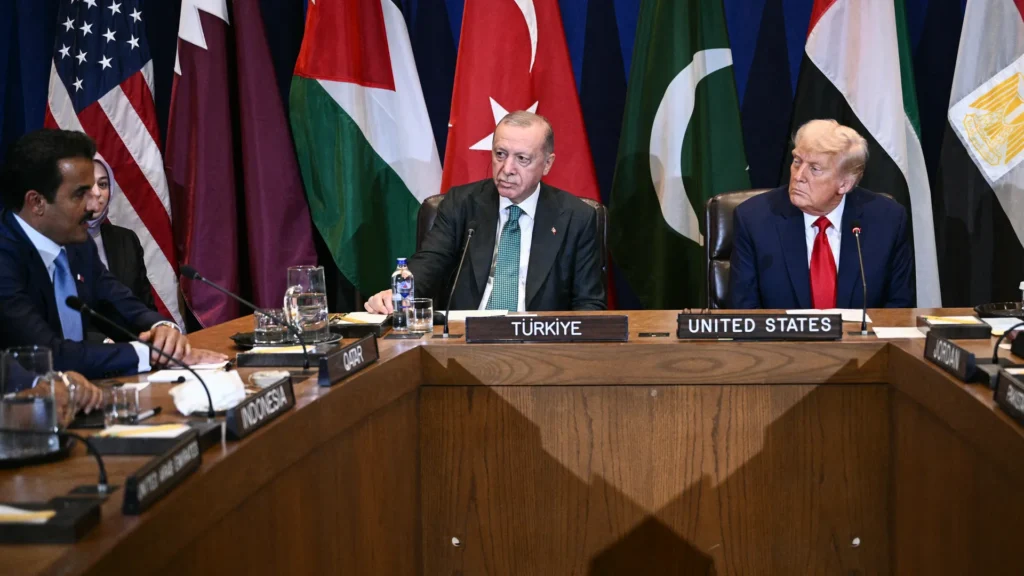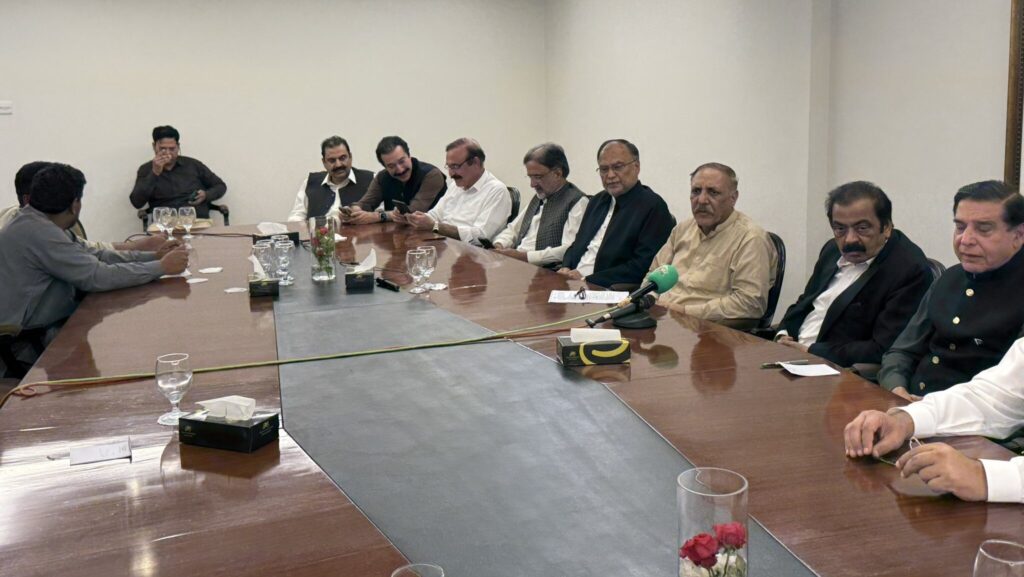A terror attack occurred in the militarily controlled Pahalgam Valley of Kashmir, targeting tourists in Indian-occupied Kashmir. The Indian media, in collaboration with government officials, quickly attributed blame to Pakistan for the incident, shortly after the smoke had cleared, without waiting for investigators to start their work.
Indian media declared with absolute certainty, instead of suspecting or conducting investigations, that Pakistan bore responsibility. This was delivered with religious-like fervour. Indian media and government officials recycled a scripted announcement that they have performed repeatedly to obtain public agreement instead of pursuing factual discovery. Under every retelling of this story, India’s media outlets demonstrated complete subservience to the government by delivering statements following the administration’s orders. The act of such broadcasting represents propaganda under the false flag of patriotism while remaining a fabrication which requires exposure.
The rapid nature of assigning blame to Pakistan for the Pahalgam attack stands as an illogical response that trivialises any unbiased person’s reasonable comprehension. The provided evidence appeared shortly after the incident in an unexpected hurry. Media presenters relied on unknown security sources to report that Pashto was spoken by attackers during the incident while they donned “foreign military attire” and fired rounds of ammunition from Pakistan. Existing information from the crime scene was analysed into an alleged fully complete intelligence profile before the fundamental procedures of crime scene investigation were finalised within 12 hours.
The process of instant attribution has been a common practice from the beginning. The 2019 terrorist attack in Pulwama followed a familiar pattern. Before investigators could provide any forensic details, Indian forces responsible for the convoy of paramilitary personnel were quick to accuse Pakistan. Subsequent investigative reports, which included internal security leaks, revealed significant flaws in Indian operations, such as failed warning detections and ineffective road clearance methods. The information regarding the alleged suicide bomber was riddled with contradictions. However, none of this mattered. The narrative served its purpose by implicating Pakistan, enabling the BJP to bolster public support and rally Hindutva activists around the “Hindu-in-danger” discourse that BJP\RSS have been promoting since 2014.
The process observed here surpasses honest news investigation along with counterterrorism research because it represents purpose-driven truth manipulation. The expense goes beyond causing people to mistake their enemies because it adds up to violent casualties along with societal upheaval while strangling factual information.
The fast emergence of a terror attack, as well as the quick rise of “foreign threat” rhetoric, created a significant change in worldwide attention. A convenient way to dismiss international questions about Indian Hindutva authoritarianism and transnational repression is to present the country yet again as a target of Pakistani terror.
The fabricated accusation towards Pakistan for the Pahalgam attack does not hold validity. The strategic method through which the narrative moved from showing selective information to using unconfirmed information about ethnicity before blaming every single Pakistani citizen presents substantial concerns regarding the Indian national security discourse being manipulated by politics.
The once diverse structure of Indian media has transformed into a state-controlled system that equates criticism with treason and often refuses to acknowledge evidence. Television studios during the Pahalgam incident operated as War Rooms using slogans that asked, “When Will Pakistan Face A Surgical Strike?” and broadcasters pushed for Prime Minister Modi to take immediate action. A few personalities advocated immediate violence across borders within just a few hours after the incident. The Indian media prefers using standard phrases to address national security issues, including ‘foreign hand’ alongside ‘terror state’ and ‘rogue neighbour’. The foundation of the storyline exists already, and dramatic visual elements need to be added on top for the conclusion.
The situation manifests as an alarming form of journalistic alignment, which creates more challenges than the initial flaws in reporting. The traditional practice of reporting factual information has ceased to exist within Indian media. The news outlet puts forward what it must display as accurate information while sustaining the image of India as a victim state under foreign aggression, which disregards the domestic inconsistencies that persist.
The Pahalgam attack happened at exactly the right moment for those who seek strategic distortions. The incident happened when international forces intensified their criticism of India’s government for dealing with religious minorities through repression, along with criminalising dissident actions and overseas assassination efforts. Both Canada and the United States launched inquiries about Indian secret service operations that resulted in the deaths of Sikh leaders beyond Indian borders.
India’s democratic principles have been in a state of continuous decline as the current political situation deteriorates. The judicial system is showing signs of corruption as authorities imprison Kashmiri opposition members alongside systematic religious tensions that now exist throughout the nation. Under present conditions, the “Pakistani terror” framework works as an exit strategy which helps shift public criticism and international focus.
The Pashto-speaking people are specifically identified in this situation. The Indian government started suggesting that the attackers had Pashto accents within a short period to directly associate the incident with Pakistani and Afghan extremist movements. The sudden claim about language usage makes a doubtful link between uncorroborated sound recordings or witness testimony for an aesthetic rather than factual purpose. India applies this discrimination to build a persona as an Islamic terrorism victim despite being responsible for Muslim oppression and radicalisation. Efficient pre-planning results in the precise identification of operations. Adjusting the timeline does not alter the characteristics of false flag operations.
Pakistani authorities have stated that it played no role during the Pahalgam incident, as it demanded an independent investigation team to explore the facts. The nation continues to back the UN Security Council resolutions and international law, which grant self-determination rights to the Indian Occupied Kashmiri people. The media in India fails to include these points in its reports. Media outlets maliciously present Pakistan as a terror state actor while using it as an abstract symbol to divert criticism for each Indian political failure.
India’s preoccupation with naming Pakistan as the issue hides its attention from true threats, which consist of Kashmir’s disenchanted youth, the abused population and the growing autocratic state power structure. These elements run the complete trajectory toward violence. The Hindutva movement seeks no room for introspection since self-analysis is outside its core philosophy.
The prevention of future attacks requires India to end its self-serving practice of shifting all responsibility to Pakistan. Allowing incidents to be evaluated by an independent professional investigation organisation that operates free from political influence represents the essential approach for preventing future attacks. Media professionals must earn the ability to conduct independent investigations instead of repeating information provided by state officials. Kashmir needs conversations built on respect combined with authentic talks to solve the long-running sense of estrangement.
The world undergoes the reverse effect because state entities implement media militarisation alongside question restriction procedures while supporting aggressive war politics. Such behaviour will always harm national security since it represents the highest level of a bigoted narrative control.
The Pahalgam incident showcases more than violence because it reflects the performance of Indian state institutions, not deliver on their required responsibilities. The situation demonstrates the state’s refusal to deal with facts while depending on artificial threats and a media system that prefers uniformity to proper reporting.
The instability in Kashmir poses a significant challenge for Pakistan, and the country gains nothing from the ongoing turmoil. A stable Kashmir would enable Pakistan to redirect its resources toward crucial developmental initiatives, effective terrorism prevention programs, and the construction of vital connectivity networks, such as the China-Pakistan Economic Corridor (CPEC). Pakistan must consistently support truthful processes and transparent operations under international oversight. Regional peace and justice are critical issues, as current narratives often become weapons, with truth frequently being the first casualty.
The time has arrived for India to put a stop to its practice of turning mourning into a political weapon. The time has arrived for India to cease attributing its unhealed wounds to Pakistan when it bears responsibility for causing them. The act of blindly blaming Pakistan may secure media attention, but it costs any possibility of uncovering the truth. India lacks global moral leadership due to its frequent public accusations of others without evidence. India needs peaceful solutions in Kashmir that acknowledge the fundamental truth that repression leads to resistance. India can enhance its credibility by returning to evidence-based analysis rather than relying on unfounded accusations. India needs to understand that reality will never play out like a Bollywood script.
Disclaimer: Opinions expressed in the writing are the author’s own and do not represent the policy of Khabar Kada.


